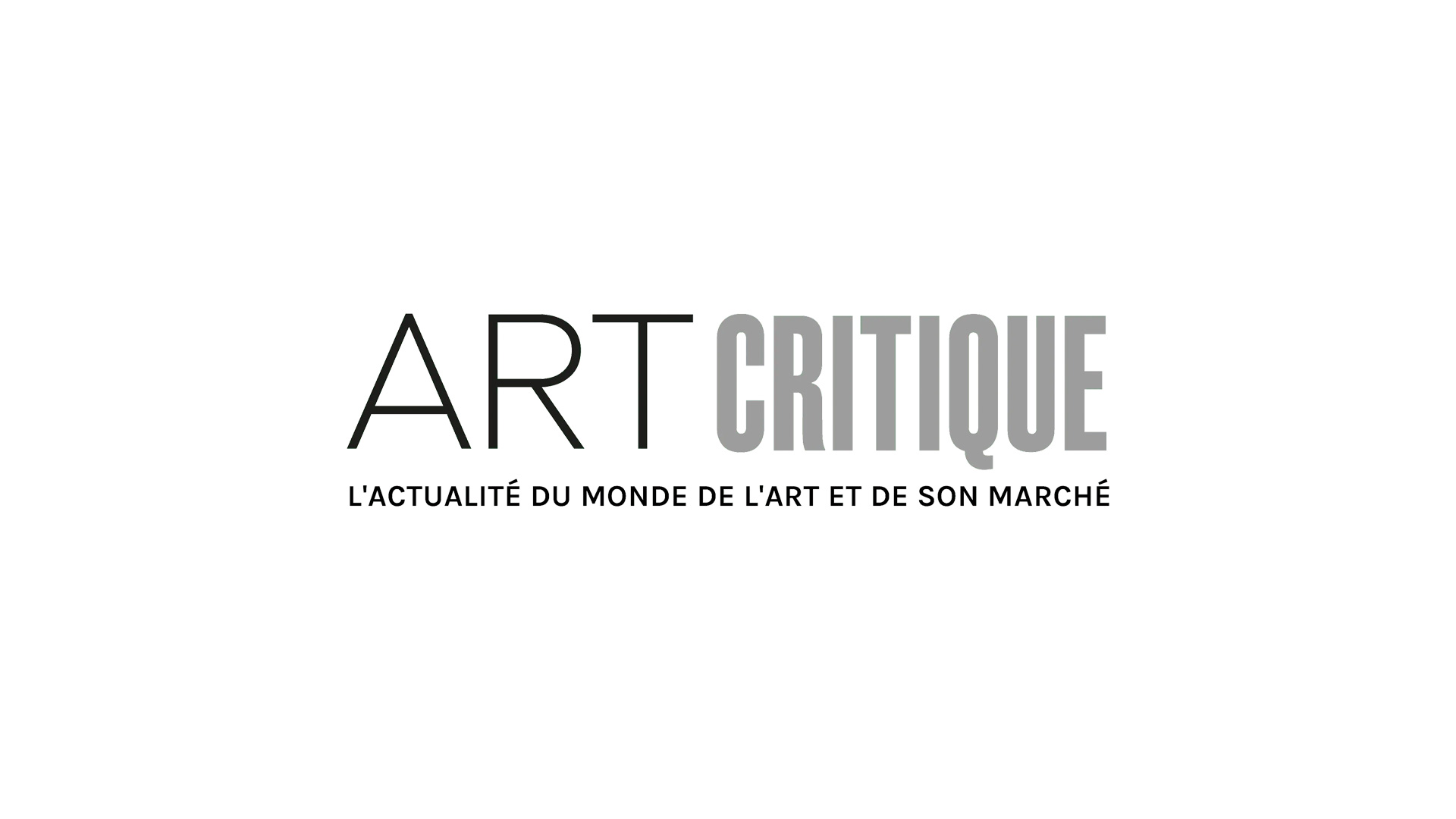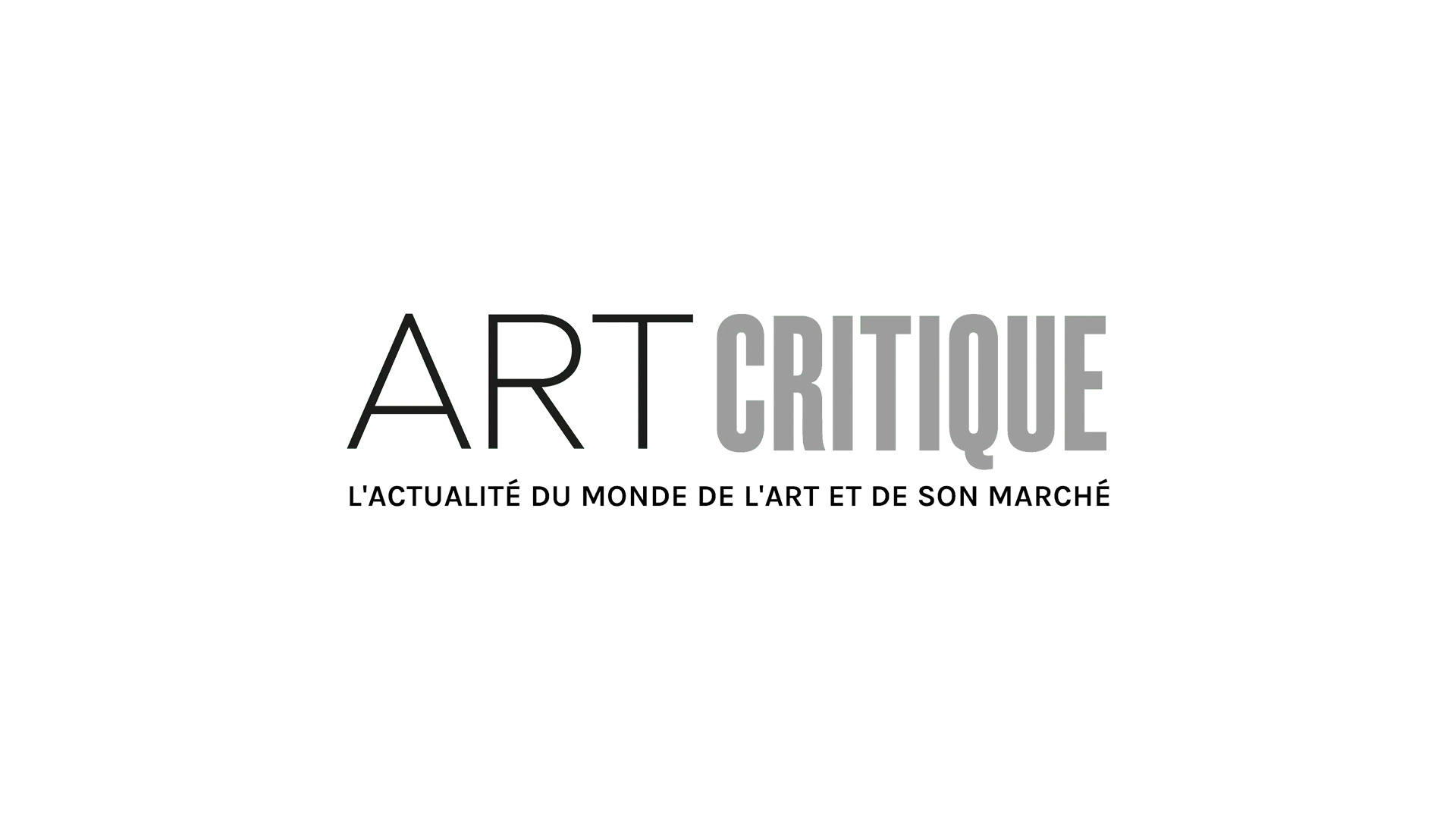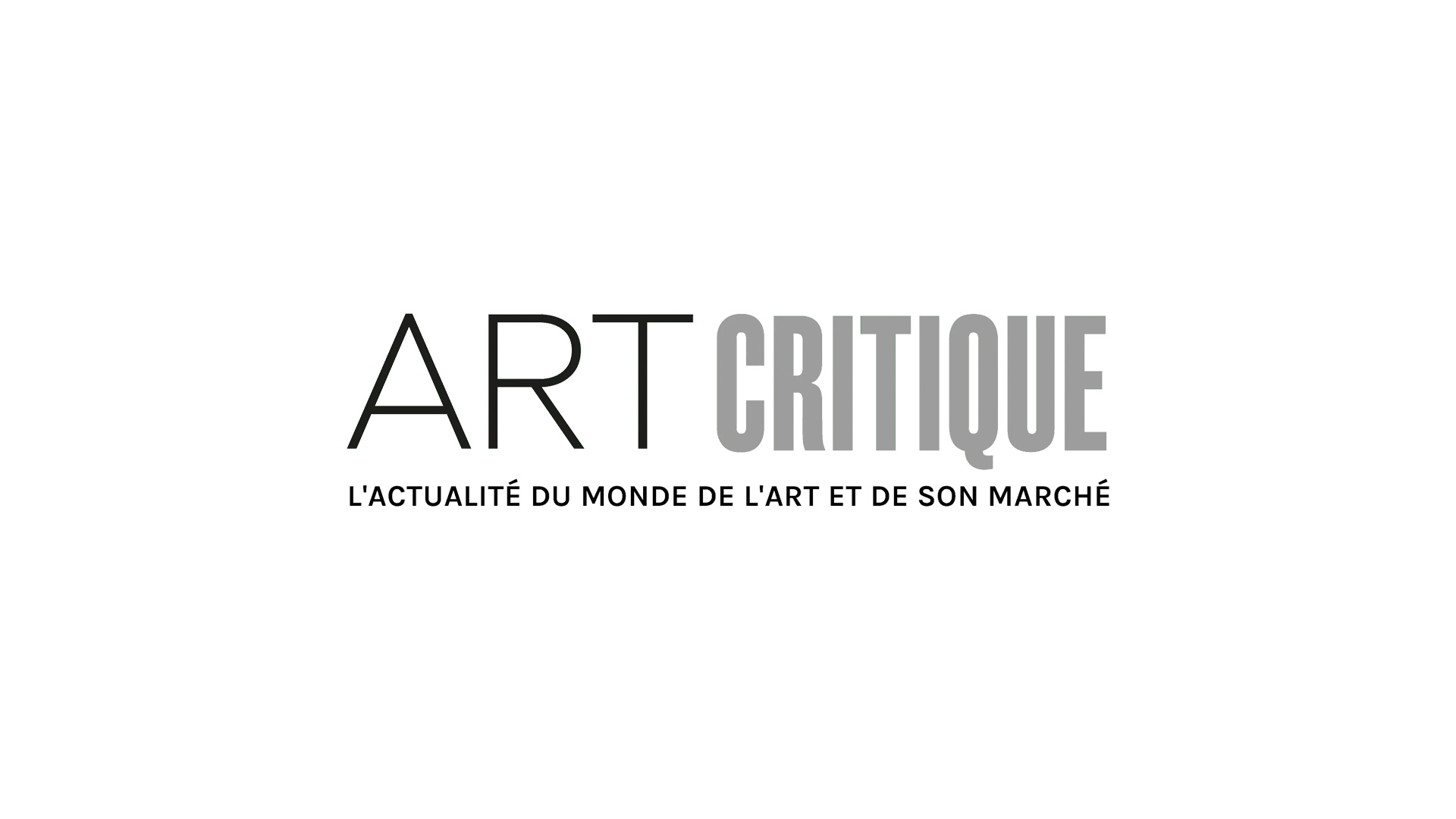In 2017, the Condé Museum, just north of Paris in the palace of Chantilly, sent the Monna Vanna to the Louvre to begin testing. Their hopes were to discover if the drawing, which bears a striking resemblance to the Mona Lisa (so much so that its nickname is the ‘nude Mona Lisa’), was created by Leonardo da Vinci. Now, after months of testing and research, researchers from the Louvre believe the work to have been by da Vinci as part of preparations for painting the Mona Lisa.

This was not, however, the answer Mathieu Deldicque, deputy curator of the Condé Museum, expected. In an interview with the New York Times from 2017, Deldicque said ‘[w]e are sure of nothing, and if Leonardo participated, it’s not for all the drawing, but for some parts of it.’ His sentiments aligned with the thoughts of a number of experts. The 28-by-21-inch charcoal drawing bore some similarities to works by the Old Master but nothing was conclusive, so, since the 20th century, the work has been attributed to Leonardo’s studio. Testing on the paper used for the Monna Vanna found the it to be from the area between Florence and Venice and the drawings was determined to be from the beginning of the 16th century. Both of these meant the timing and placement were right for a work by da Vinci but most still believed it to be by one of his students with only minor input from the artist.

Despite this, Deldicque decided to submit the artwork to the Center for Research and Restoration of Museums of France (C2RMF), located in the Louvre, for extensive research ahead of the 500th anniversary of the artist’s death. Now, thanks to the work of scientists and researchers, the work may potentially be reattributed from Leonardo’s studio to Leonardo himself.

Though the testing performed cannot conclusively say that the work was done by da Vinci, new components studied by researchers have greatly increased the probability that he did the work. During earlier examinations, hatching (a form of shading) at the top of the drawing had thrown Bruno Mottin, a conservator at the Louvre, as it seemed to have been done by a right-handed artist, which pointed away from da Vinci. ‘[W]e have discovered lots of new elements,’ Deldicque told the AFP. Apparently, there were ‘left-handed charcoal marks pretty much everywhere,’ they just weren’t originally caught. The sfumato effect, which gives an artwork an atmospheric haziness and was so often employed by da Vinci, found on the drawing was also determined to be original and not just an added effect at a later date.
Now, ‘[t]here is a very strong possibility that Leonardo did most of the drawing,’ said Deldicque, who must be thrilled after having initiated the testing. However, he also said that they must ‘remain prudent’ when it comes to reattributing the work.





